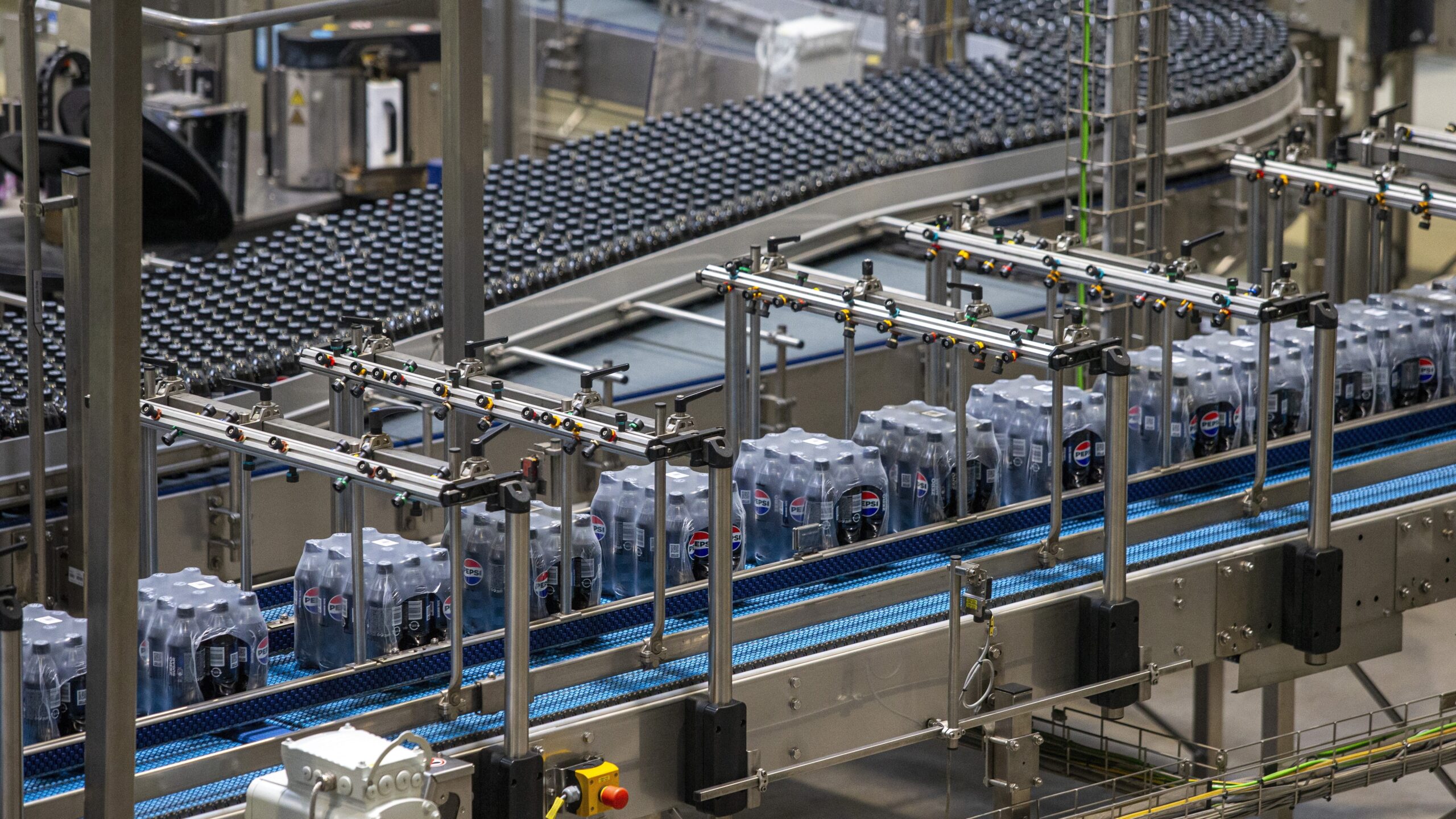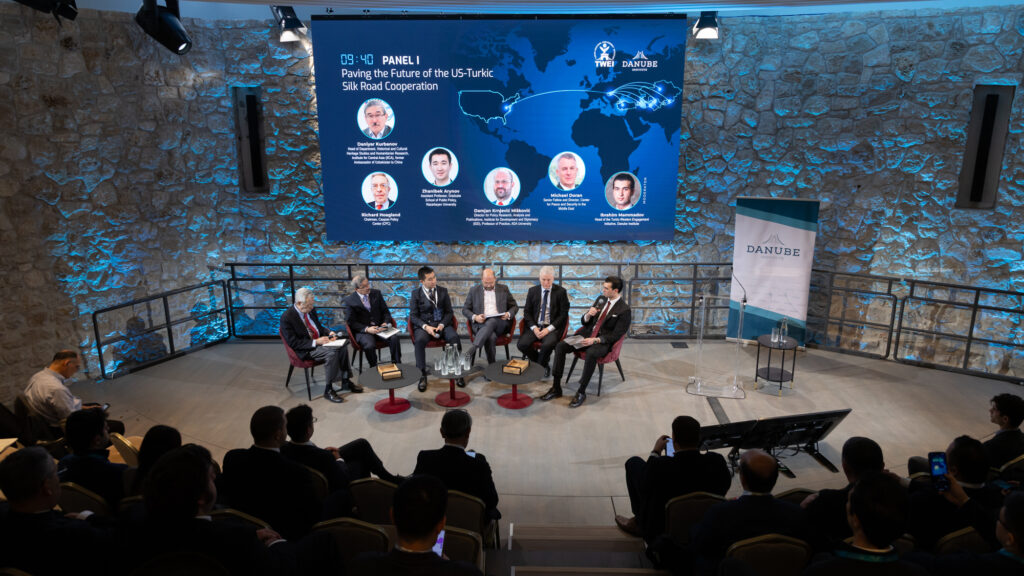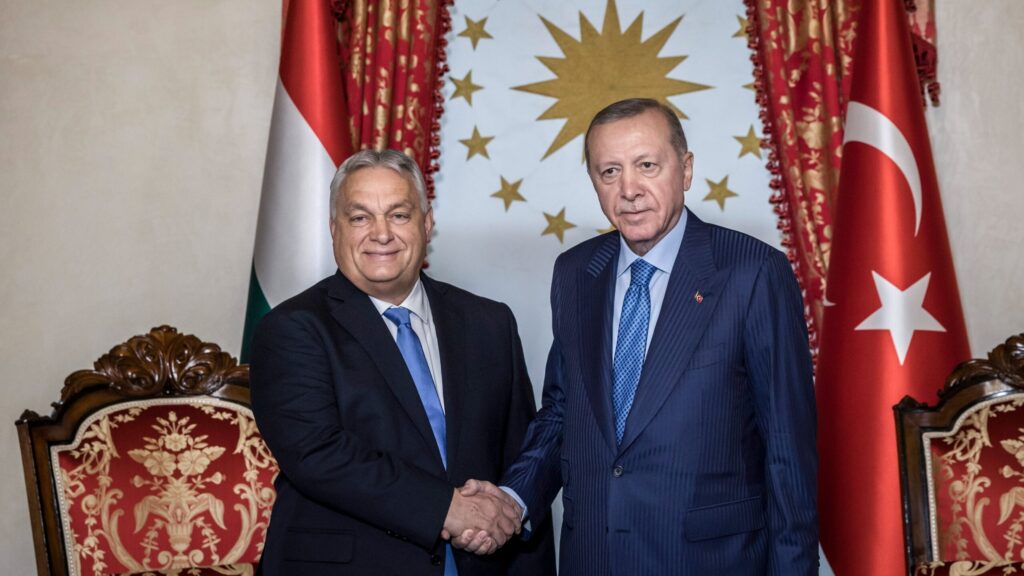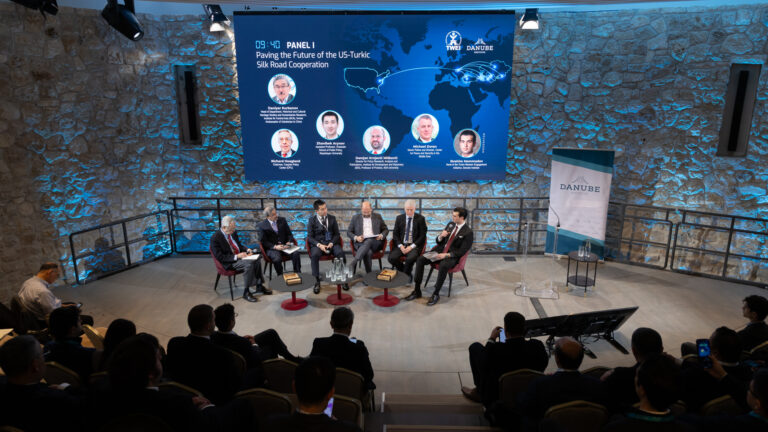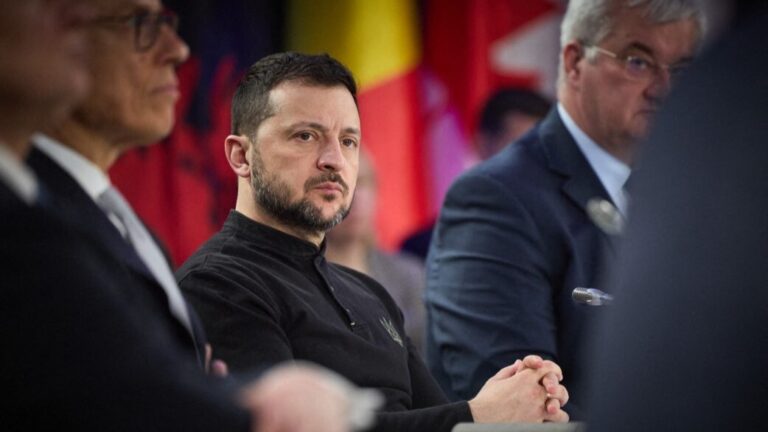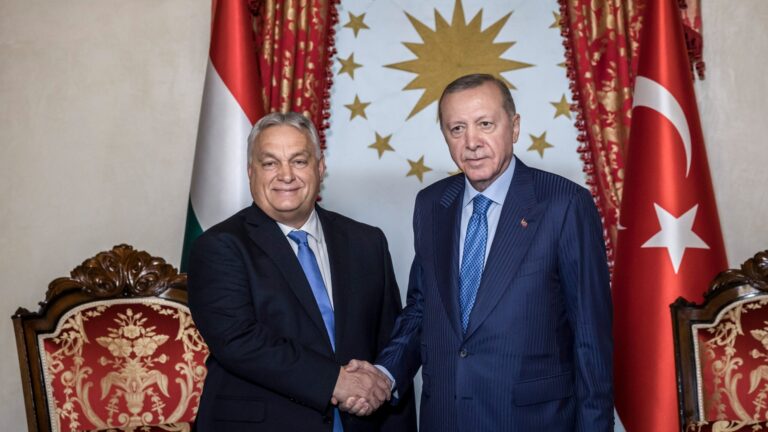At the inauguration of a new factory in Szentkirály, Hungary’s Minister of Foreign Affairs and Trade, Péter Szijjártó, announced a key milestone in Szentkirályi Hungary Ltd’s ongoing 11 billion forint development programme. The mineral water and soft drink producer’s expansion significantly boosts its bottling capacity—now including Pepsi products.
As Szijjártó highlighted, the Hungarian government contributed 3.8 billion forints to the project. This enables Pepsi beverages consumed in Hungary to be produced domestically rather than imported, making the country more self-reliant and reducing logistical burdens. ‘From now on, Pepsi products consumed in Hungary will no longer be imported but produced locally,’ he stated. Environmental impact was a central theme of the minister’s speech. The reduced need for long-distance transportation means trucks will travel 1.5 million kilometres less each year. In addition, the facility’s water purification capacity was expanded, and a new wastewater treatment plant was also built. Szijjártó praised Szentkirályi for maintaining its Hungarian identity while engaging in international cooperation with the Italian-owned Mattoni 1873. He framed the local Pepsi production as more than an economic matter, calling it an emotional milestone for a nation eager to protect its homegrown brands. The minister also noted that Italian companies are among the top ten investors in Hungary, with Italy being the country’s sixth most important trading partner—and, for the first time last year, its fourth largest export market.
‘From now on, Pepsi products consumed in Hungary will no longer be imported but produced locally’
He praised the economic performance of Bács-Kiskun County, where Szentkirály is located, highlighting that the region has halved unemployment and doubled industrial output over the past decade. He also positioned the food industry as a strategic sector for Hungary, crucial for economic diversification alongside the dominant automotive industry.

Reflecting on recent global crises, Szijjártó stressed the importance of food self-sufficiency. Hungary’s food sector, employing over 140,000 people, has proven resilient, as evidenced by the lack of supply issues during the COVID-19 pandemic. Between 2014 and 2024, 287 large food industry projects received state support totalling 1,400 billion forints, contributing to one million more people being employed now compared to a decade ago. The food sector, he added, is also a key contributor to export growth. ‘Hungary produces about twice as much as it consumes in general,’ he remarked. Last year, the industry’s output reached 6,650 billion forints—up from 3,800 billion forints pre-pandemic.
In a press release, CEO and owner of Mattoni 1873 Alessandro Pasquale reaffirmed their commitment to Hungary. Over the past ten years, they have invested about 40 million euros in the country. The return of Pepsi manufacturing to Hungary, he said, demonstrates the country’s ability to compete at a world-class level. Mattoni 1873, a leading beverage company in Central and Eastern Europe, employs over 3,000 people and manages several mineral water brands, in addition to producing and distributing PepsiCo products in the region.
Related articles:

